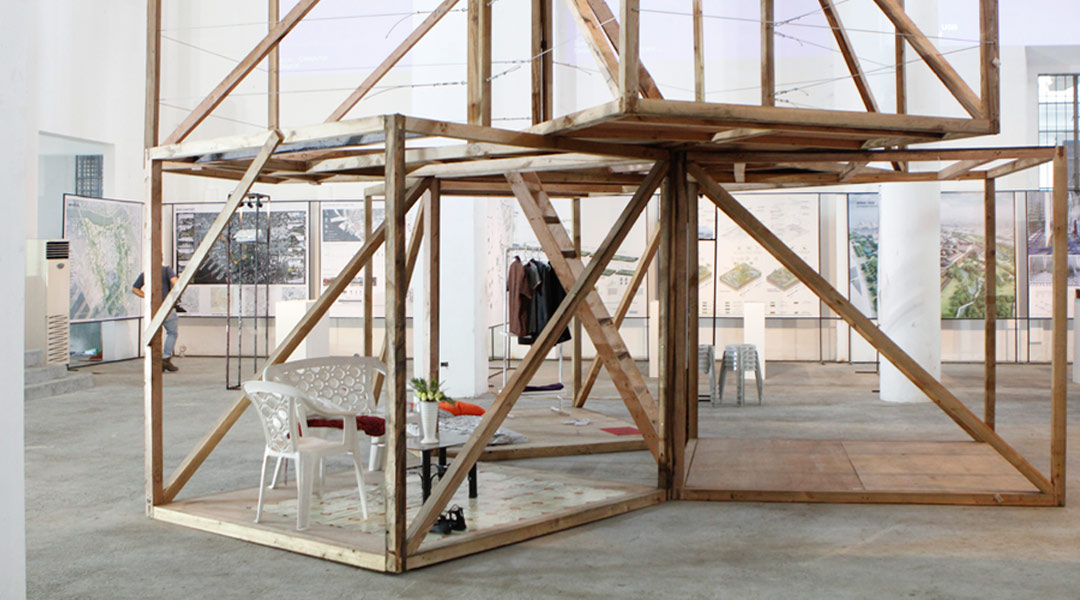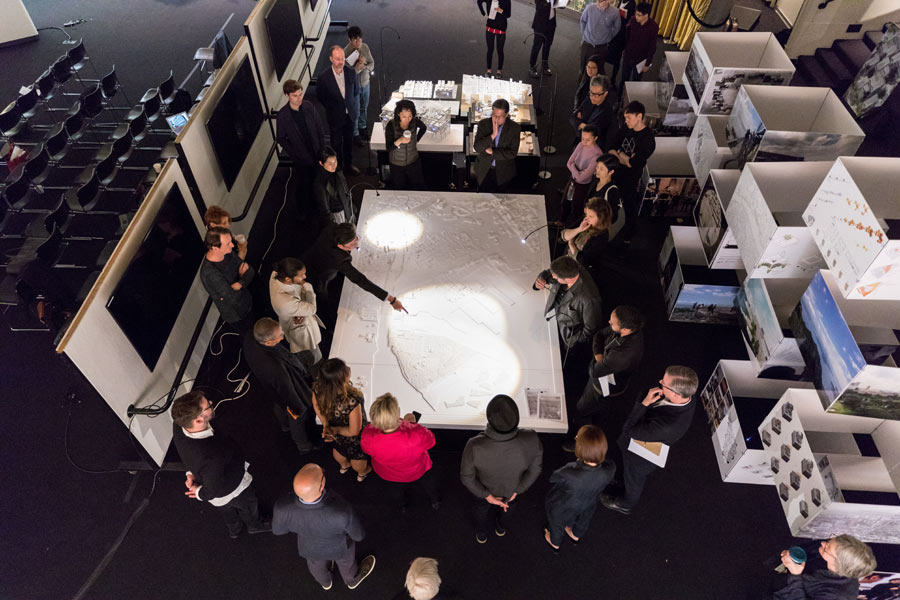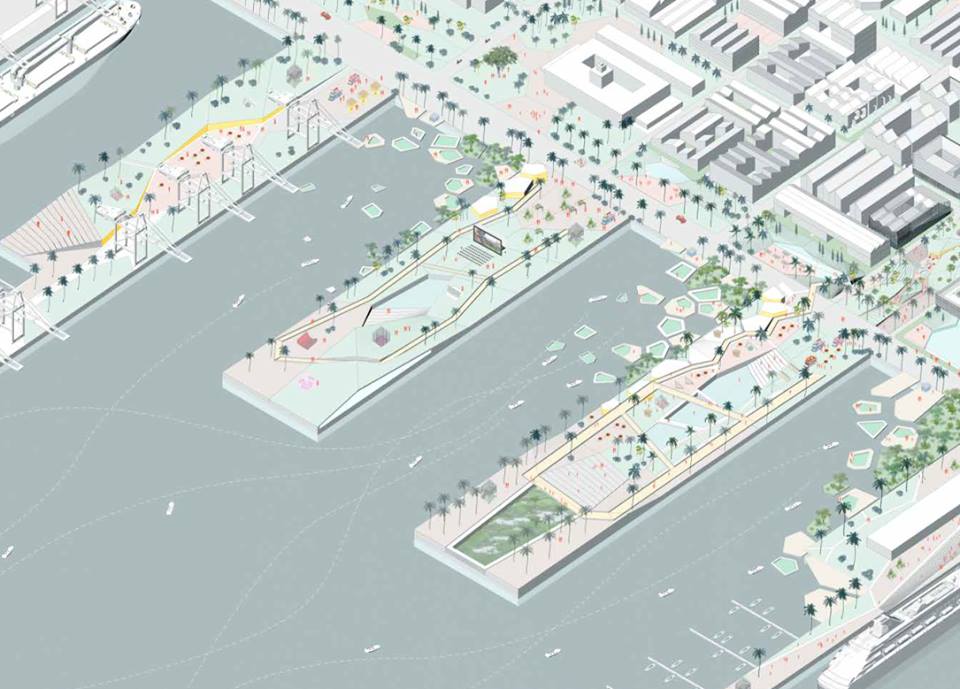
Harvard GSD Manila Studio 2018 output now on display in Intramuros
When a Harvard Graduate School of Design (GSD) studio prepared for their Manila arrival in February this year, they were told to be ready for sensory overload. The thirteen students and their instructors visited the city to inspect four sites: Intramuros, Pasig River, the Port Area, and Baseco compound. This was part of their research for Manila Studio 2018, a partnership between their university and global infrastructure firm AECOM.
READ MORE: Harvard GSD-AECOM Manila Studio 2018 explores “local coherence” in four sites
What they encountered was a city dense with great contrasts. Swathes of Metro Manila vary in income, cleanliness, public utilities, and access to opportunity. What we have, in effect, is a frayed urban fabric and incoherence between the social classes and even within them. The inequity is heightened as rich enclaves continue to develop while the marginalized remain at a standstill.
The resounding question for the term was: how do you balance the growth of the city and simultaneously improve the quality of life for its inhabitants in a city of extraordinary extremes? The intensive studio refined their proposals with a mid-term review and concluded with a final review in May, which was attended by Filipino architects.

Filipinos will be able to know how Manila Studio 2018 explored, processed, and managed the issues because the proposals are back home in the form of an exhibit. Manila: Future Habitations is now on display at the San Ignacio Church, Intramuros. It includes 32 large panels and corresponding scale models featuring the students’ final work, and video projections envisioning the future of Manila. They highlight opportunities for liveability and sustainability, including conservation and new models of residential and public space development.
“The point of us coming back here is to find out from you (Filipinos) what resonates with you and what we need to do differently,” Harvard GSD Mohsen Mostafavi said during the press briefing.
READ MORE: Unfinished, award-winning Spanish architecture pavilion, in Manila


At the center of the church are 1:1 scale models of the housing superstructure proposed by the group assigned to Baseco. Between these is a VR headset through which viewers can see what the finished modules could look like. The Baseco proposal, which includes managing waste, mobilizing the residents to complete their own homes and phasing of the upgrades for the community, garnered the top award in the Residential Design category of American Society of Landscape Architects (ASLA) 2018 Student Awards.


“There is a place for everyone in a well-designed city,” wrote instructor David Rubin the studio report. “The goal of the studio was to find a better condition than what is prevalent, and to work with the constraints of the existing conditions to find opportunity for all—not only for human habitation, but the unification of all systems, natural and man-made, into a harmonious whole.” ![]()
Manila: Future Habitations will be open to the public from 28 September and will run for a month at the San Ignacio Church in Intramuros. It marks the end of AECOM and Harvard GSD’s three-year series on Southeast Asian megacities.
READ MORE: The geography of risk and resilience in Guiuan, the first town hit by Haiyan
Photographed by Miguel Abesamis


